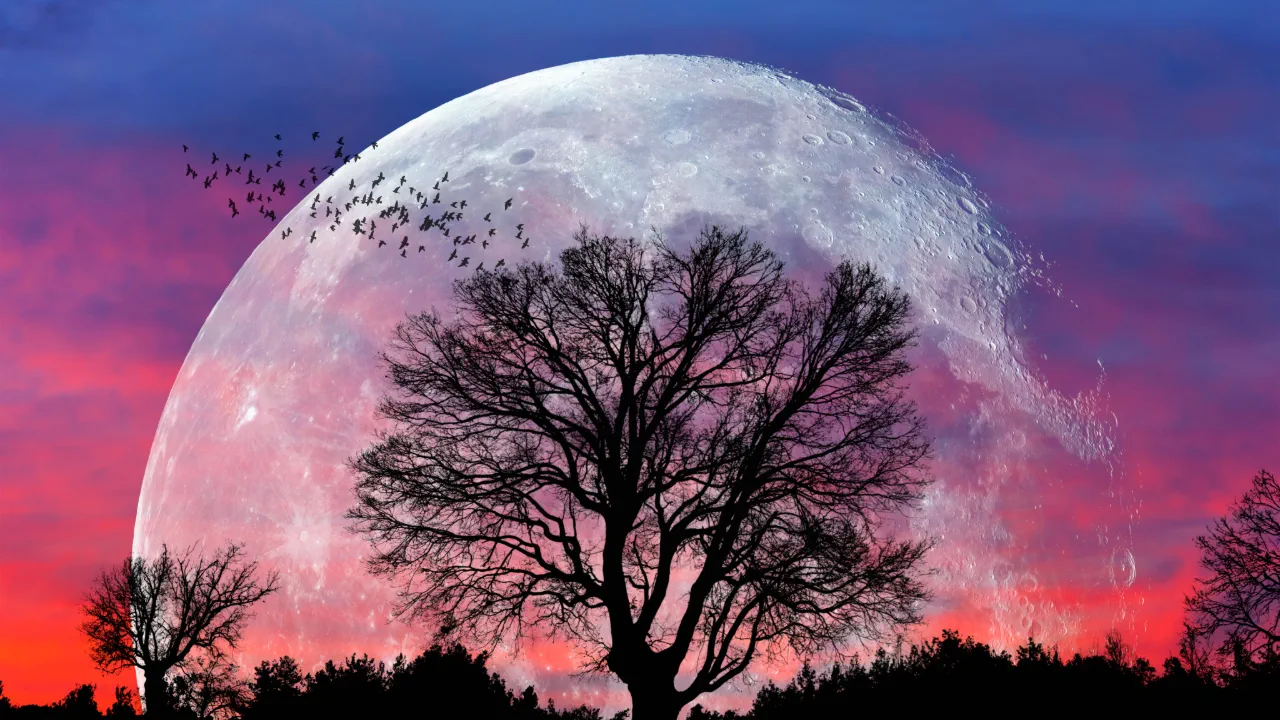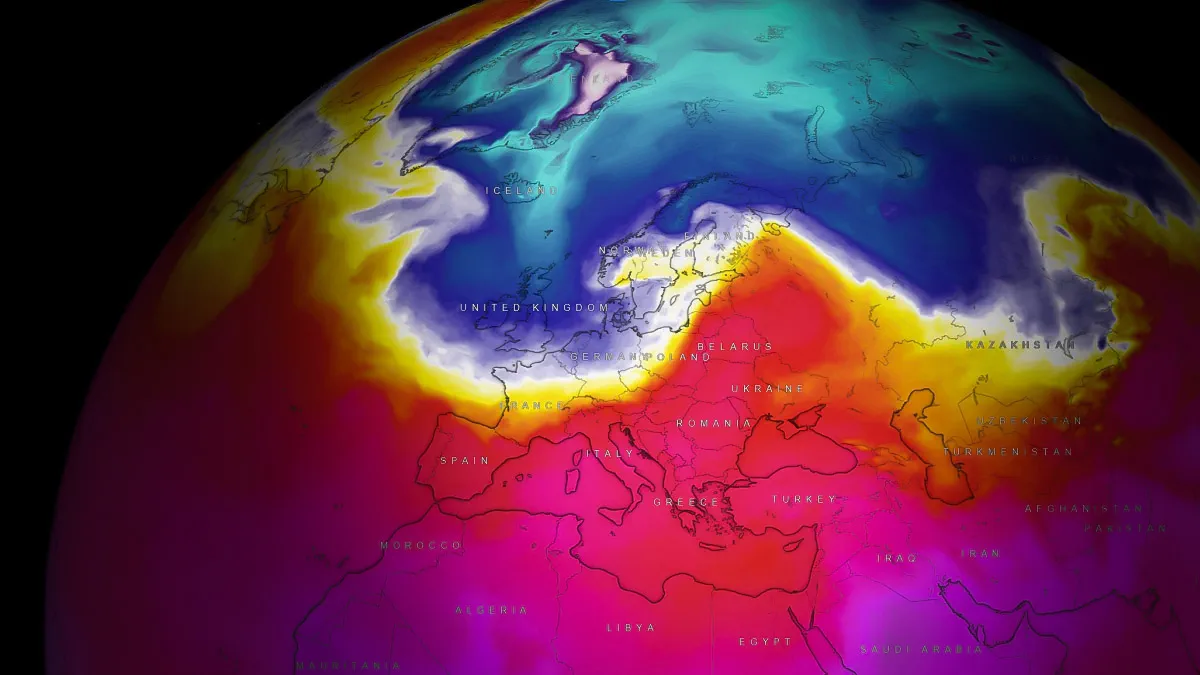
Partial Lunar Eclipse Grips The Americas, Europe, and Africa.
The celestial calendar for 2024 is set to witness a captivating astronomical event, as a partial lunar eclipse graces the skies on September 18th. This enchanting phenomenon will be visible to skywatchers across a vast geographical expanse, including the Americas, Europe, and Africa.
Belonging to the Saros 118 cycle, a series of lunar eclipses that occur every 18 years, this eclipse is set to captivate the attention of astronomers and space enthusiasts alike. Although not a total eclipse, it will still offer a remarkable sight, as a small portion of the Moon passes through the Earth's umbral shadow, causing approximately 8.5% of its surface to darken.
The eclipse will commence with the penumbral phase at 00:41 UTC, followed by the partial eclipse as the Moon enters the Earth's umbra at 02:12 UTC. The moment of maximum eclipse is scheduled to occur at 02:44 UTC, lasting a total of 63 minutes. The entire event is expected to span more than four hours, providing ample opportunity for observation and study.
Optimal viewing conditions for this celestial event will require clear skies and low light pollution, allowing skywatchers to fully appreciate the subtleties of the Moon's changing brightness as it passes through the Earth's shadow. Those located in the Americas will be able to witness the eclipse during the late evening hours, while observers in Europe and Africa will have the opportunity to observe it in the early morning.
This partial lunar eclipse is a captivating prelude to an even more significant astronomical event, the annular solar eclipse scheduled to occur on October 2, 2024. Together, these two eclipses form a remarkable eclipse season, offering a unique chance for scientists and enthusiasts to delve into the intricate interplay between the Earth, Moon, and Sun.
The study of this partial lunar eclipse will provide valuable insights into the impact of the Earth's shadow on the lunar surface, allowing researchers to further our understanding of the celestial mechanics that govern our solar system. Skywatchers and amateur astronomers eagerly await the opportunity to witness this celestial spectacle, which promises to be a visually stunning and intellectually engaging experience.
As the September 18th partial lunar eclipse approaches, the anticipation among the global astronomical community continues to build. This event, part of the Saros 118 cycle, will undoubtedly captivate and inspire observers across the Americas, Europe, and Africa, offering a rare glimpse into the cosmic dance that unfolds above us.
Founder and chief forecaster of the Pogodnik service. He has many years of experience in the meteorological service. He is the author of numerous scientific publications and popular articles about the weather.




